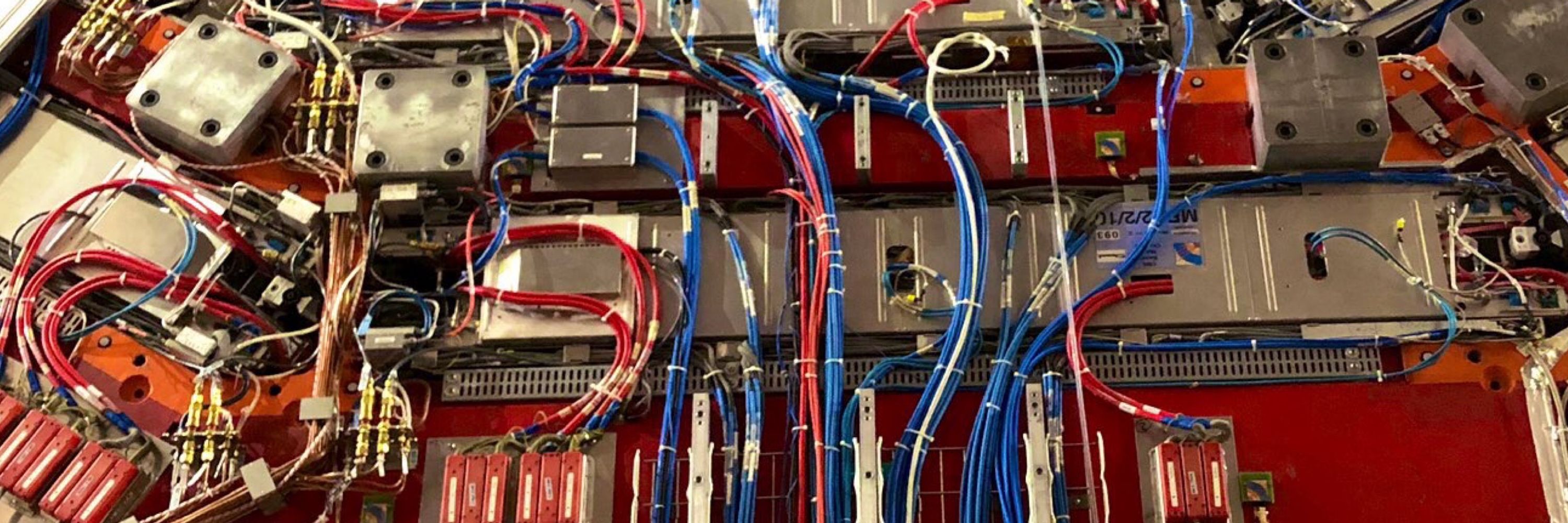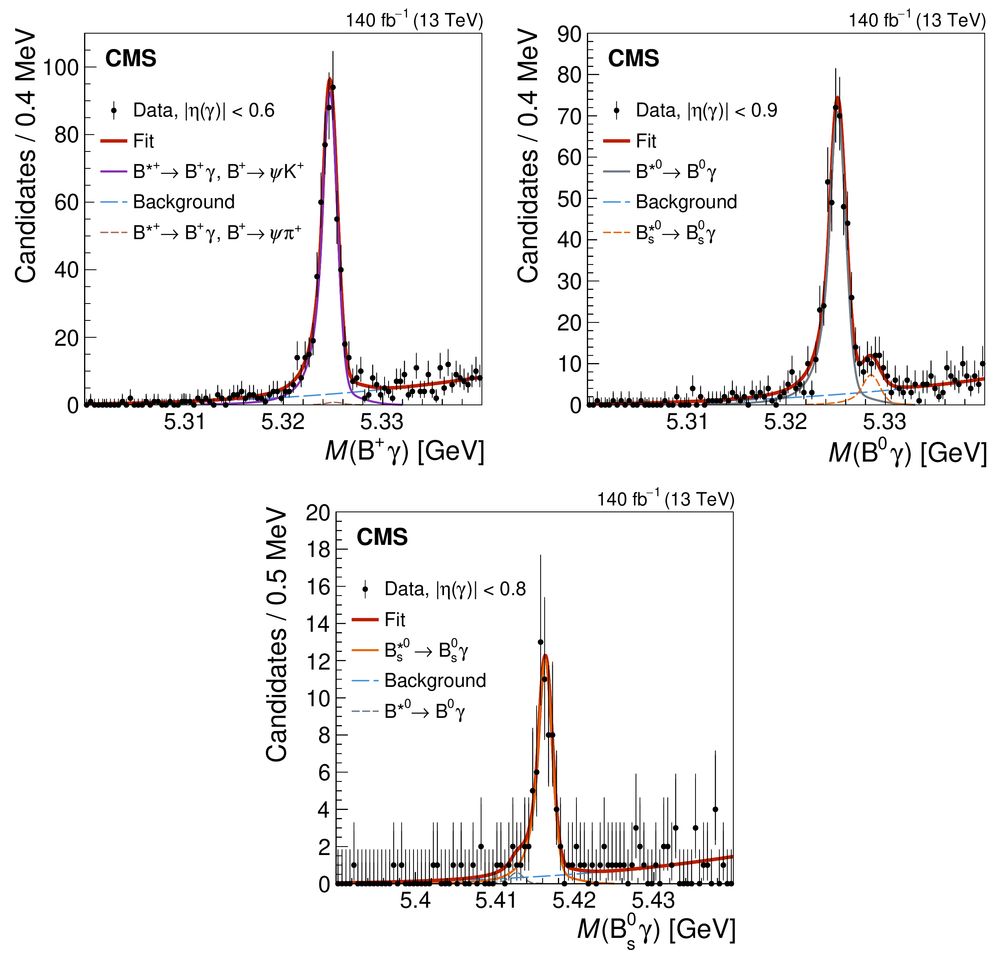Freya Blekman
@freyablekman.bsky.social
2.9K followers
620 following
1.6K posts
Particle physicist at @CMSExperiment at @CERN - Lead Scientist DESY & Professor of Physics University of Hamburg - World citizen ➡🇳🇱🇺🇸 🇬🇧🇨🇭🇧🇪🇩🇪
Posts: #physics #SciComm + academia/tech stuff + my opinions + summaries of #CMSpapers
Posts
Media
Videos
Starter Packs
















